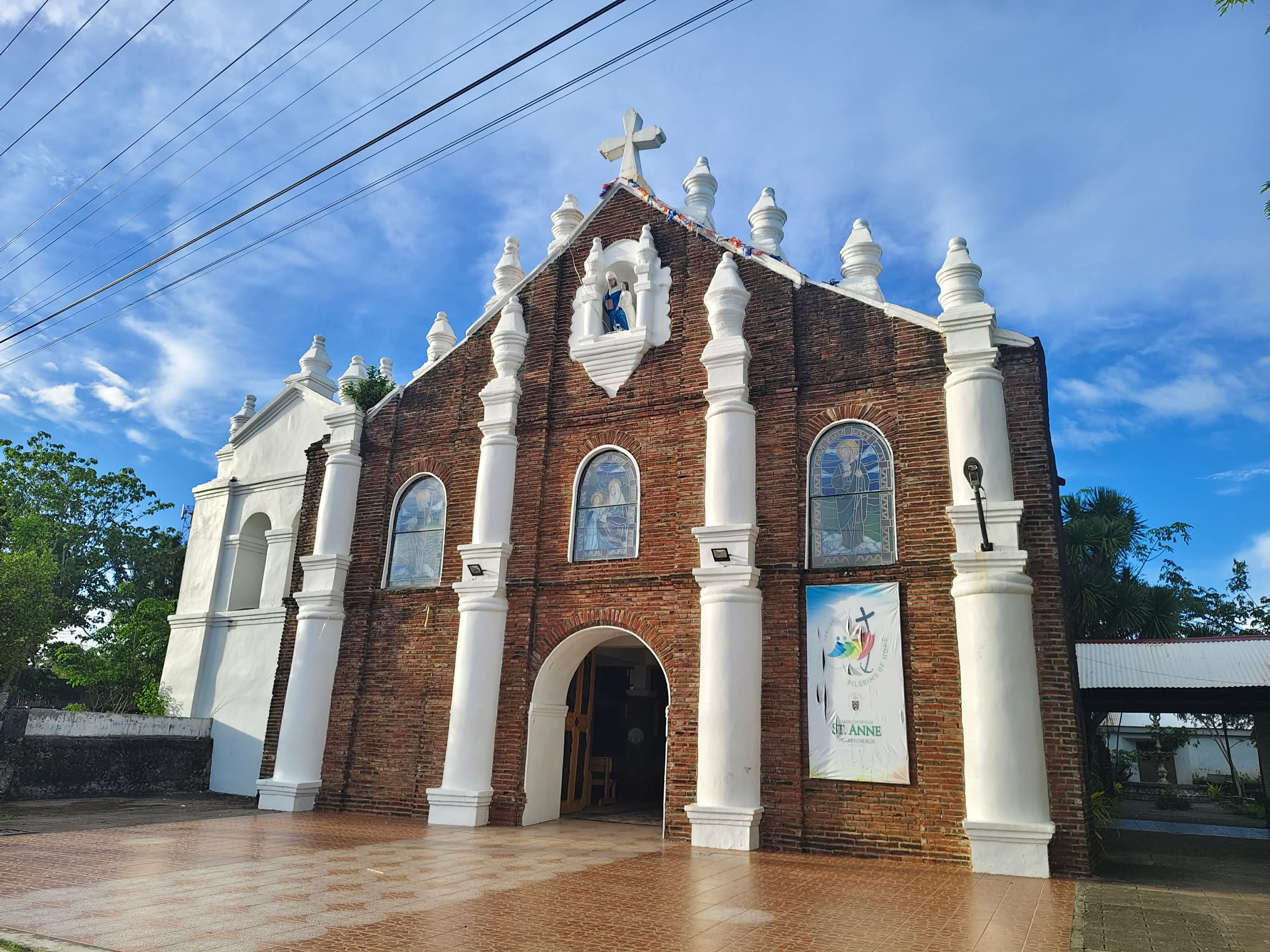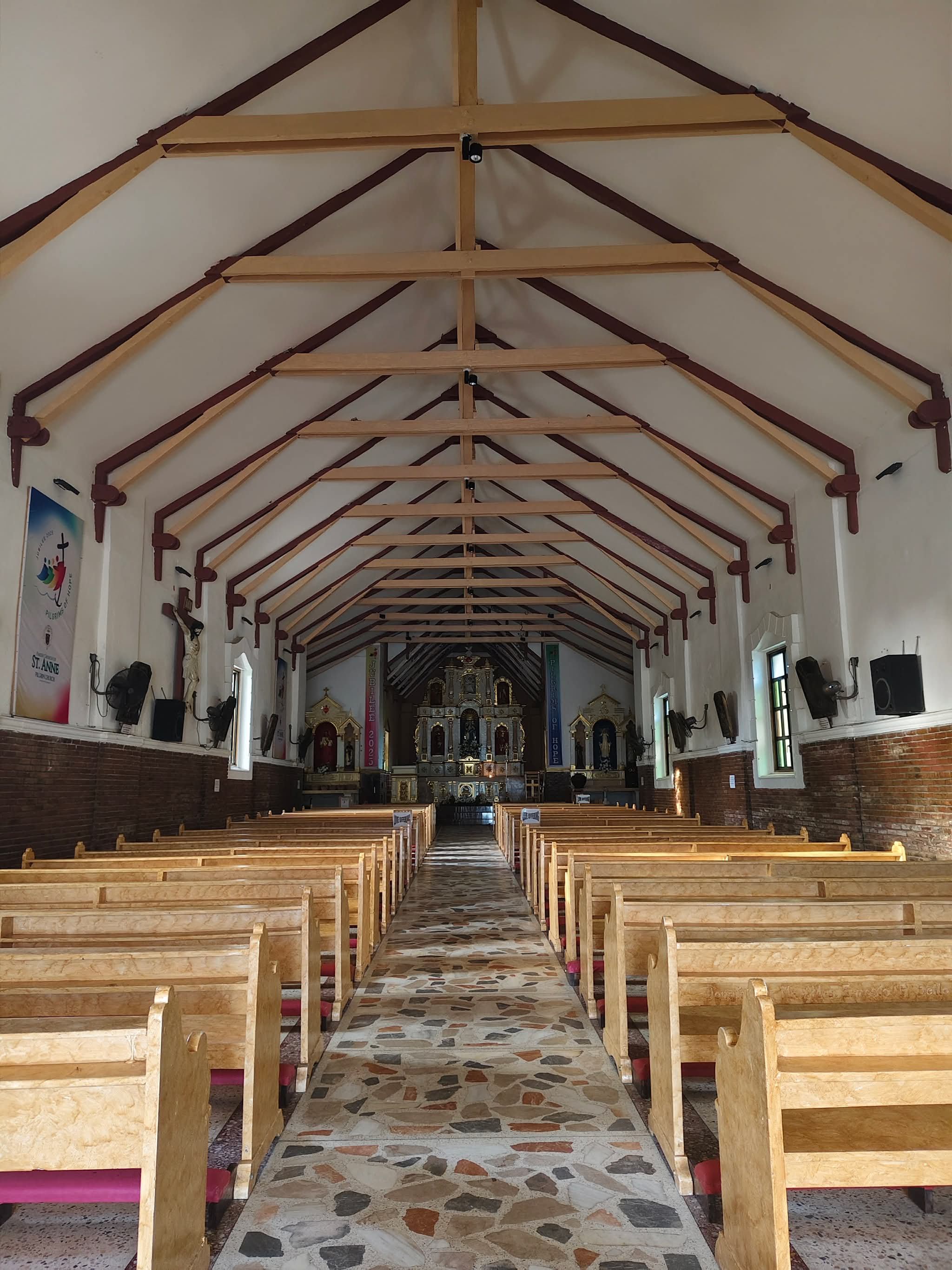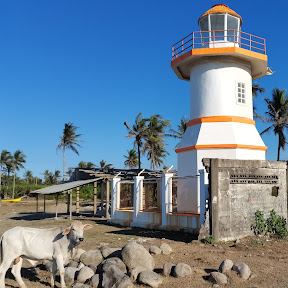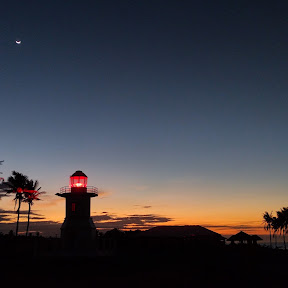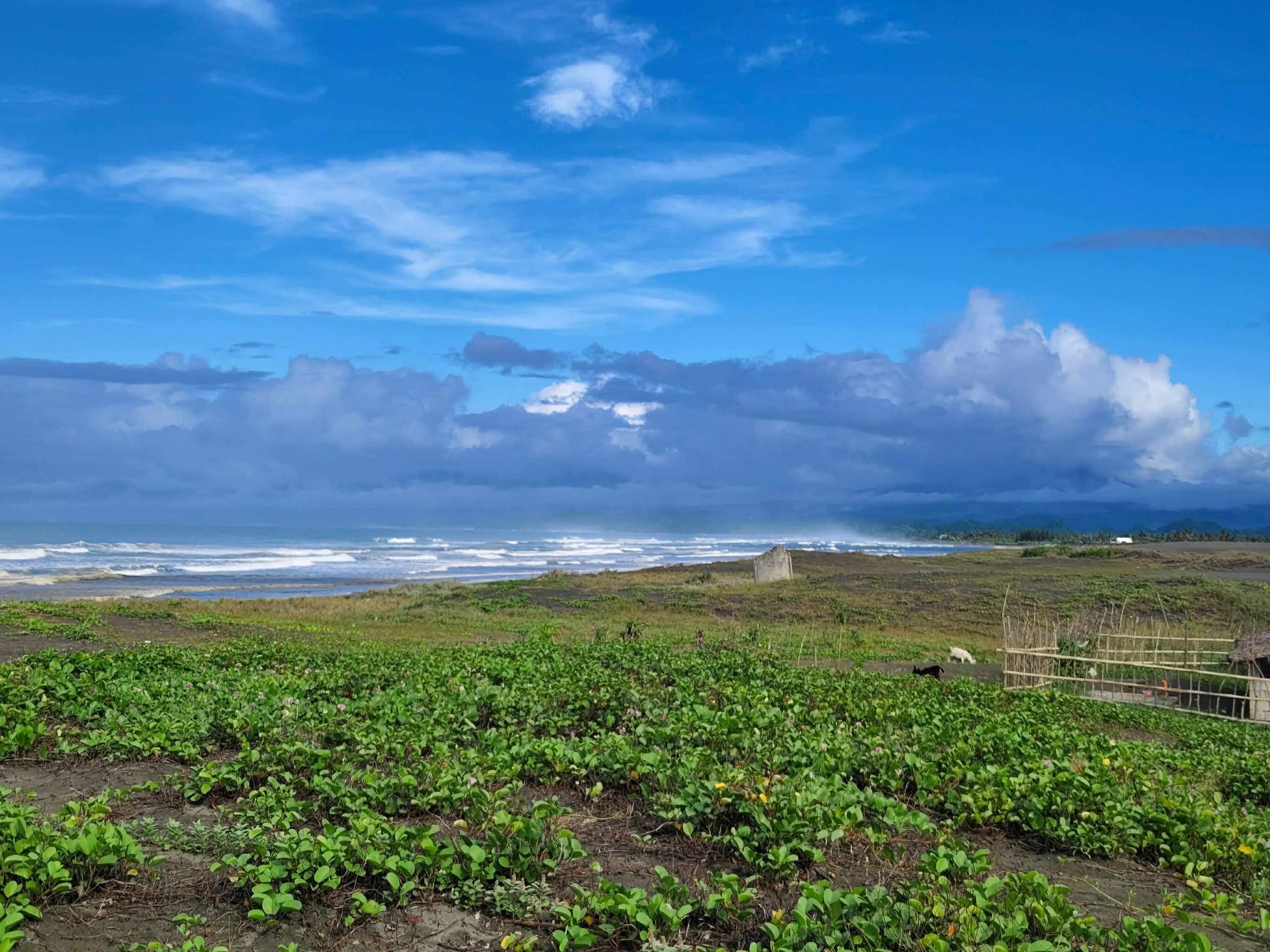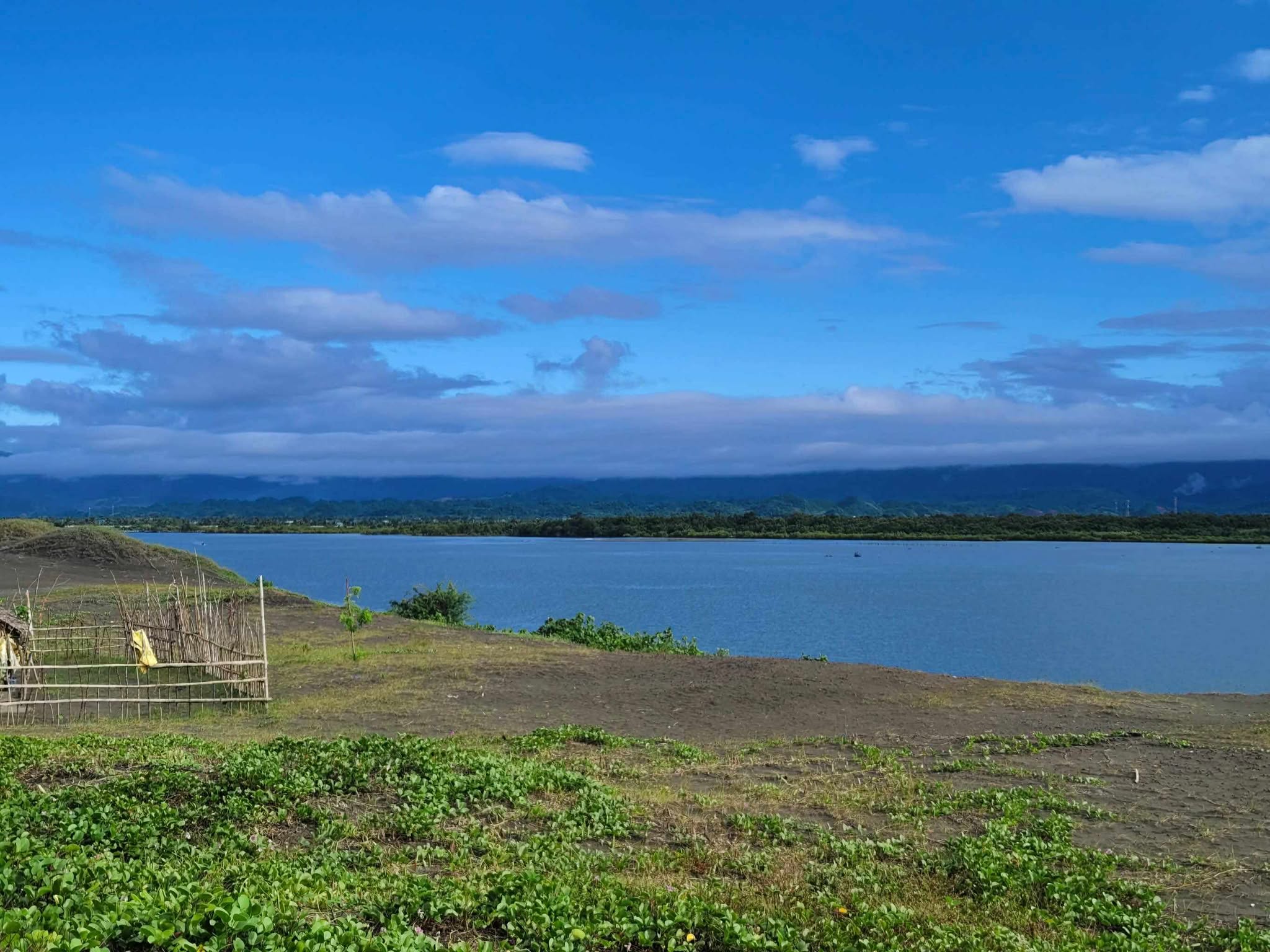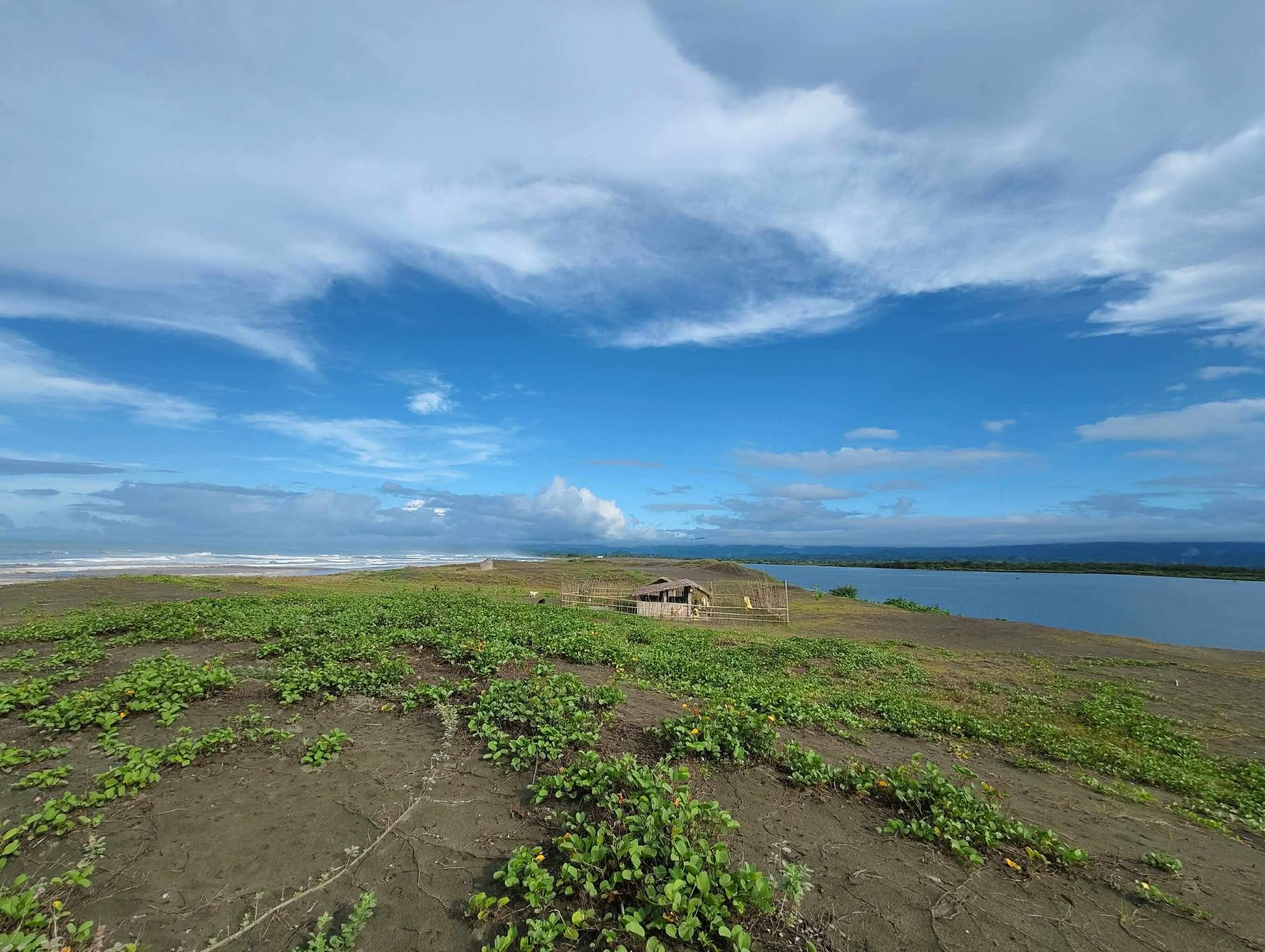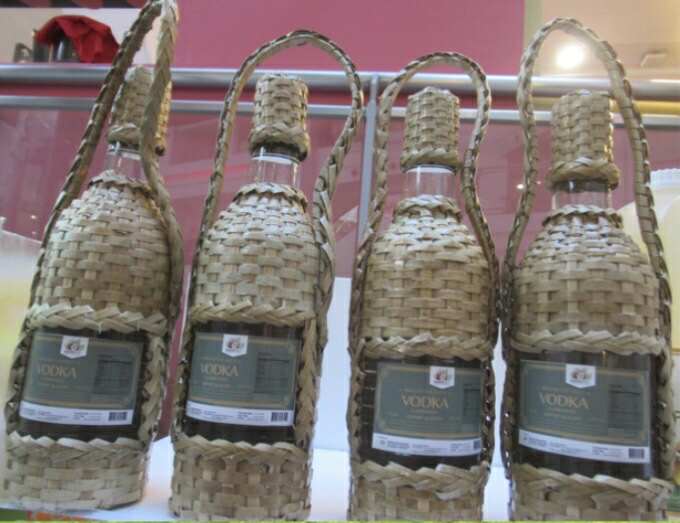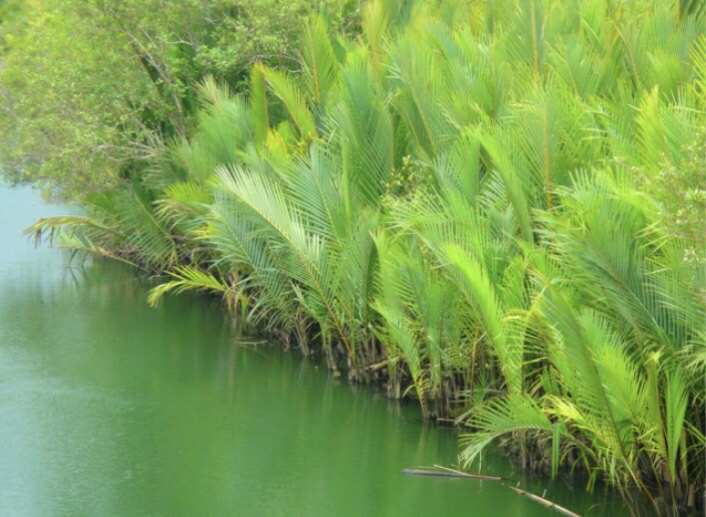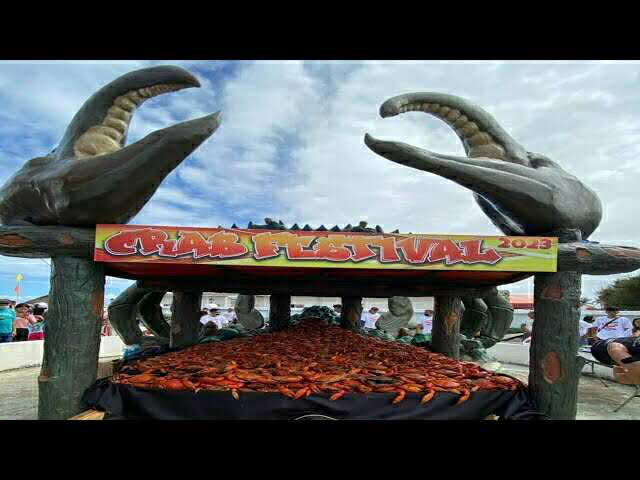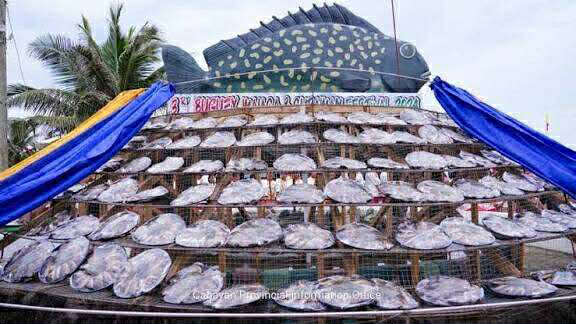St. Anne Parish Church (Buguey, Cagayan)
The renaissance town of Buguey has its own peculiarities that propel this progressing town. Experiencing birth and rebirth, it has worked hard to earn for itself the titular "Crab Capital of Cagayan." Buguey offers nothing less than a pure blend of the old and the new, tradition and innovation, and its hospitable people.
Buguey takes pride in its iconic old church named after the Mother of Mary, St. Anne. Constructed in the 17th century, it features white-washed columns on its brick-laden façade. The fountain in front of the church also serves its distinct mark.
Having undergone a substantial reconstruction and restoration, the church now takes pride in its well-kept and spotless exteriors and interiors.
The colorful stained glass windows on the thick white walls add spectacle and color to the interior's natural and artificial lighting setup. You won't miss the contemporary lighting behind the wooden cross on its nave. While the modern-day
lighting design gives the impression of lightness and comfort, the exposed beams and the higher and whiter ceilings allow that perception of a bigger space. Meanwhile, the centerpiece of the church-its restored baroque-style wooden retablo and the transept altars now shine in their majestic golden finish.
Like other churches in Cagayan, the St. Anne Church shares a tragic past. Fate had it when in 1732, a fire gutted the church and the adjoining convent. Only the façade remained of the original structure and was reconstructed to its present-day look.
BEACH PROMENADE AND LIGHTHOUSE
The balmy sea breeze along the coast of Buguey makes it enticing for locals and visitors to spend their free time to carry out their morning workouts, lazy afternoon walks, and frolicking with the waves.
The coconut trees lining up the beach, waves crashing against the seawall, fine sand, and livestock grazing on the meadow make this place radiate that soothing energy
for those looking for a fine place to spend the day.
The Buguey Lighthouse, built in August 2015, complemented the beach's natural beauty. It has become a town landmark making the promenade more appealing to visitors and locals. It is close to the LGU-operated Crab Hotel at El Presidente Beach Resort.
This allows guests to enjoy this place better.
Sabangan
Sabangan is located at Minanga Este, Buguey, Cagayan. It is where the river meets the sea.
According to Barangay Captain Roderick T. Antiporda of Minanga Este, Buguey, it was the early 90's when Barangay Minanga was divided into two barangays. Barangay Minanga Este celebrates its festival every June 28 and St. Peter is their Patron Saint. They conduct a fluvial parade along the sabangan which marks the start of the fiesta. Many people participate in the fluvial parade which causes small bangkas to be overcrowded. Due to the flock of people and bangkas being overcrowded, an old lady and a boy died during the parade. Since that incident, they decided to stop the conduct of the fluvial parade during the fiesta. But in 2011, the first term of Barangay Captain Roderick T. Antiporda, he decided to continue the tradition of the fluvial parade and bigger boats (buli-buli) were used. The parade starts from the lagoon going to the sabangan entering the sea.
Banurbur Creek

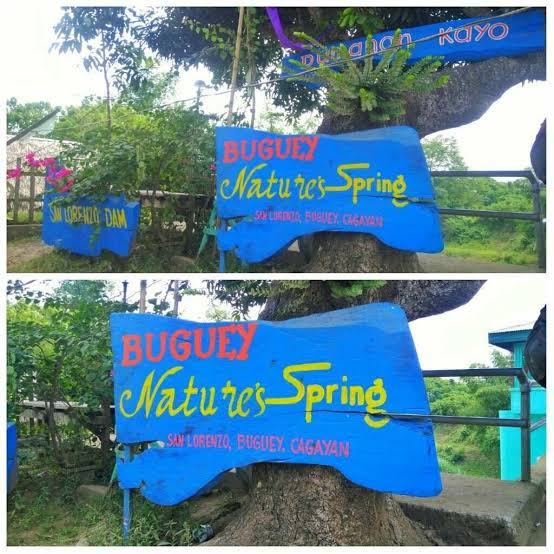
Banurbur Creek is situated at Buguey, Cagayan. It is the catch basin of Nagsiccuan Creek, Binag Creek and Bigoc Creek while the downstream of Banurbur Creek is the Bunga Creek connected to Buguey River known also as Buguey lagoon. The Banurbur Creek has an estimated length of 9,142 meters.
There are Three (3) physical features of banurbur Creek;
1. Hydrologic connectivity. The Banurbur Creek is connected to different creeks of Buguey, to wit: Nagsiccuan, Binag and Bunga Creeks. It serves as a natural drainage network that links upland and lowland areas, promoting water flow and ecosystem balance.
2. Riparian Vegetation – Along its banks, Banurbur Creek is surrounded by various forms of vegetation such as grasses, shrubs, and mangrove species that help prevent soil erosion and provide habitat for local wildlife.
3. Aquatic Biodiversity – The creek supports a variety of aquatic organisms such as small fishes, crustaceans, and freshwater plants, contributing to the ecological diversity of the Buguey lagoon system.
Buguey River
Buguey River is one of the very diverse rivers in Cagayan because of its rich aquatic resources like mangroves, seaweeds, and many different species of fish, crustaceans and molluscs. The major tributaries that drain into the Buguey River are the Pacac creek, Birao creek, Maddalero creek, Sanka creek, Papira creek, Dalaya creek and Balza creek. It is connected to the Cagayan River. During ebbing and flooding, tides in rivers differ to the tides of the sea because water exits from the river and enters to the sea and vice versa. Buguey has a depth of approximately 6 meters during high tide and 4 meters in low tide and a width of more than 100 meters from the riverbank to the other side.
Buguey River is popularly known as Buguey lagoon by most Bugueyanos because it is situated at the mouth of the river. It is considered to be an important staging and wintering
Buguey Lambanog
Buguey lambanog has gained wide popularity as one of its valued products. With the local government promoting the product among its guests and partners, Buguey has taken its lambanog to the next level by encouraging local entrepreneurs to produce fruit-flavored versions and spinning it off as a favorite cocktail mix for Crab Hotel guests.
The local wine industry helps some local wine artisans whose craft has been passed on for many generations.
Crab and Mangrove
Buguey, Cagayan is proudly recognized as the Crab Capital of the North. The municipality is famous for its abundant supply of mud crabs (Scylla serrata), locally known as alimango, which thrive in its rich mangrove forests, creeks, and coastal waters. Crabbing is one of the major sources of livelihood for the people of Buguey, making it a vital part of the town’s culture and economy.
Buguey’s reputation as a crab hub is celebrated through the annual Crab Festival, where locals and tourists gather to enjoy various crab dishes, showcase seafood products, and promote sustainable fishing practices. This celebration highlights the town’s pride in being the leading producer of quality crabs in Northern Philippines.
Malaga
Malaga, Buguey, Cagayan is known as the center of the town’s thriving crab industry, making it a key area in Buguey’s title as the Crab Capital of the North. The coastal and mangrove-rich environment of Malaga provides the perfect habitat for mud crabs (Scylla serrata), known locally as alimango. Many families in Malaga depend on crabbing as their main source of livelihood, reflecting the community’s deep connection with the sea.
Every year, the locals proudly celebrate this heritage during the Crab Festival, showcasing Buguey’s premium crabs, seafood delicacies, and sustainable fishing traditions that have made Malaga an iconic part of Buguey’s identity.
